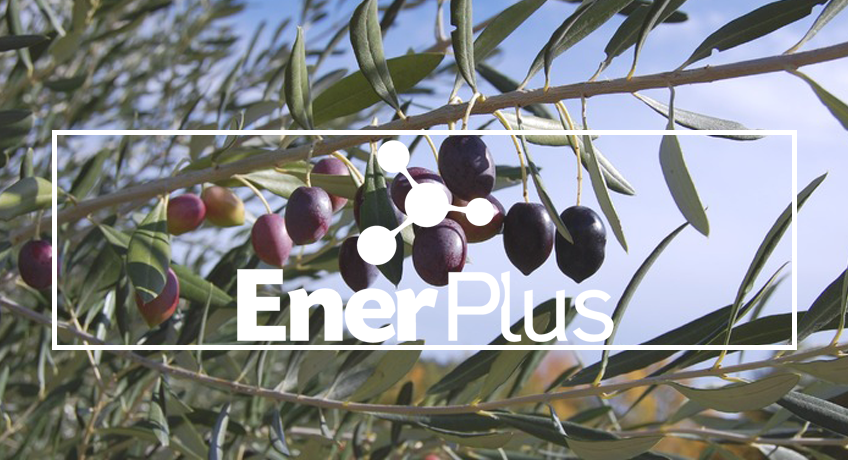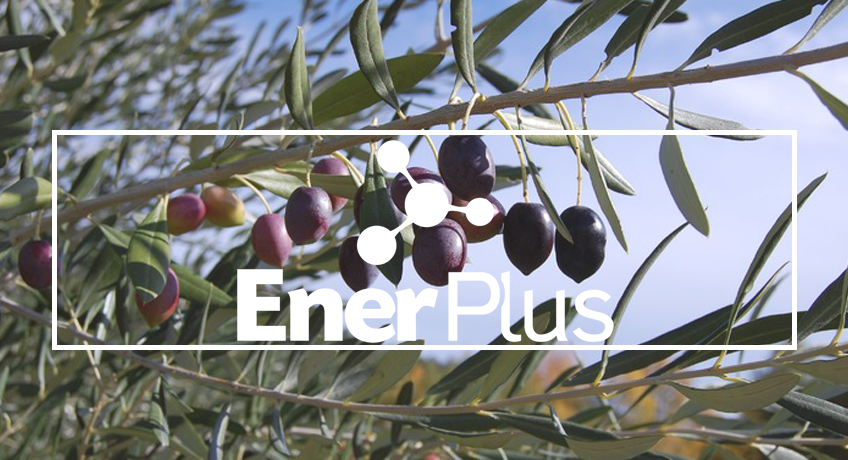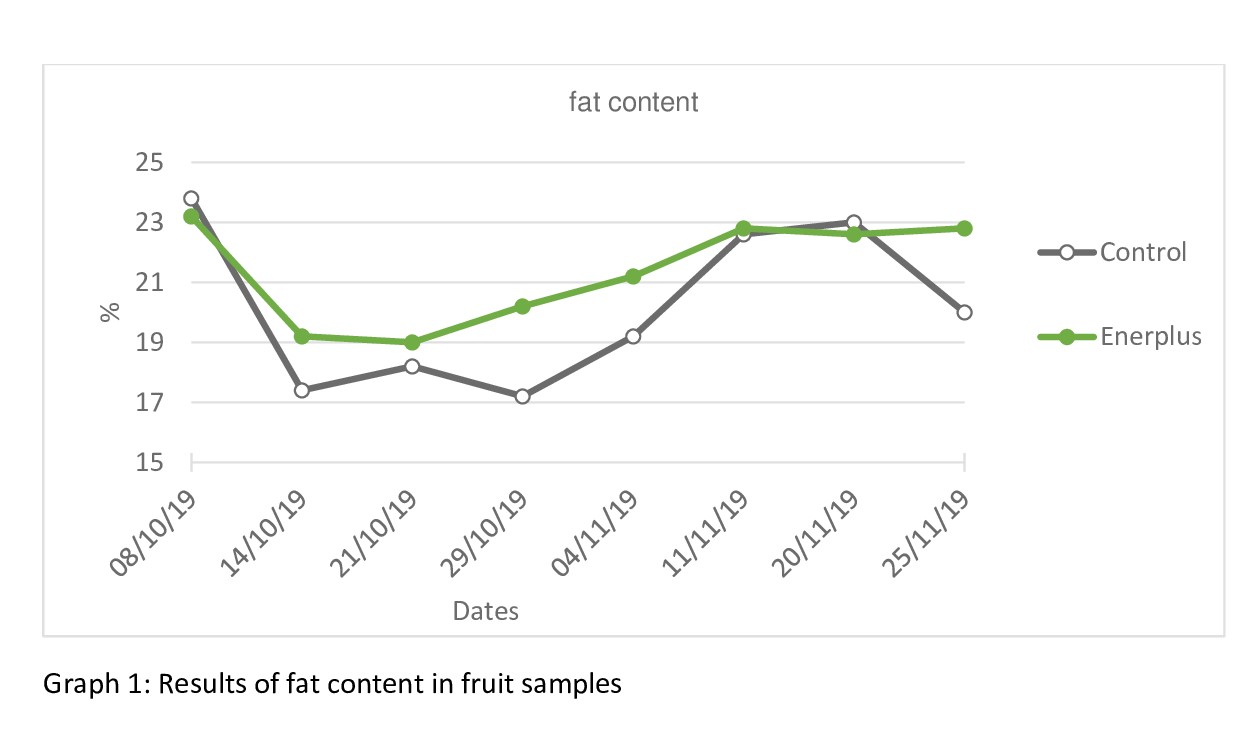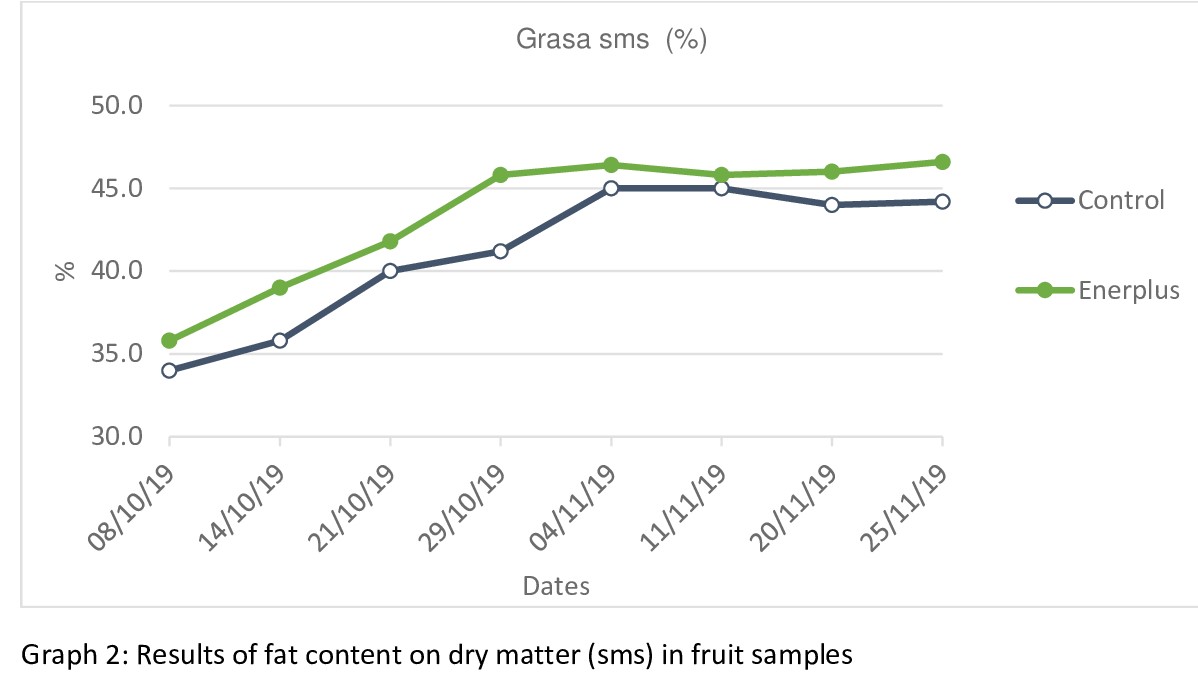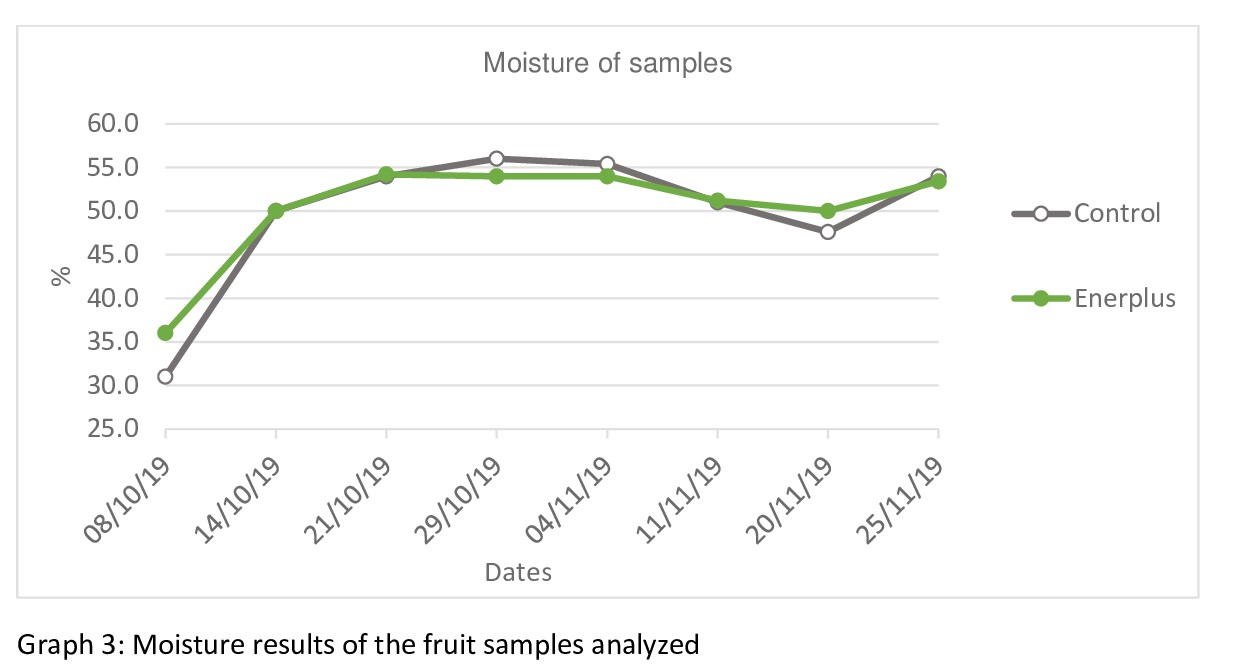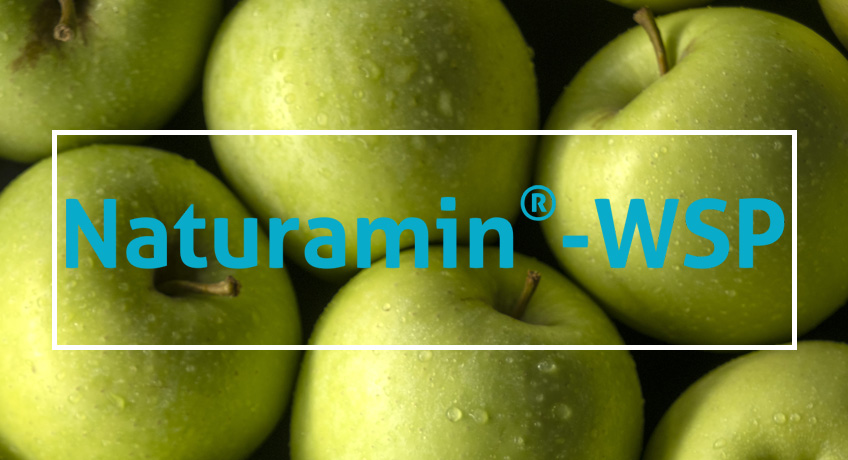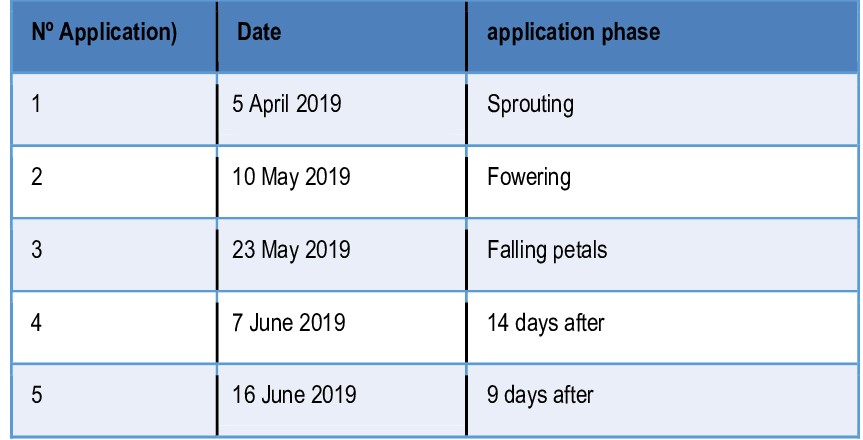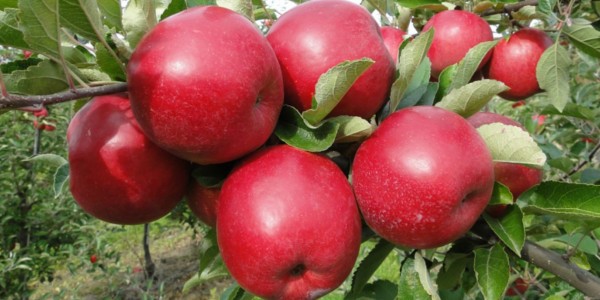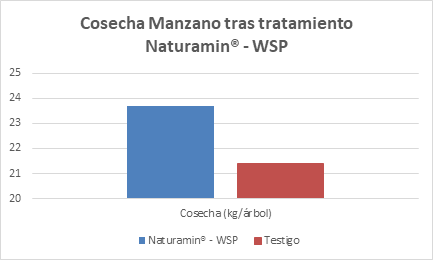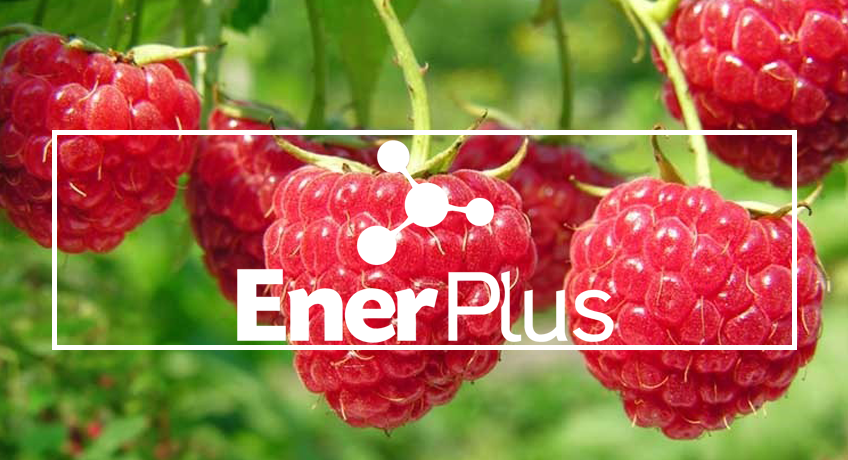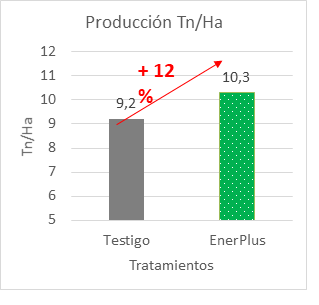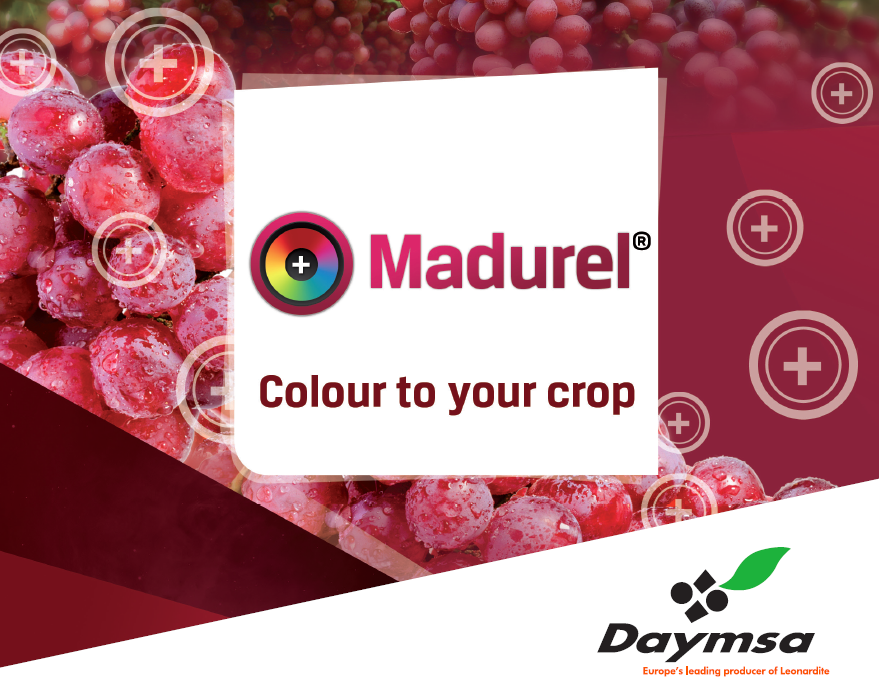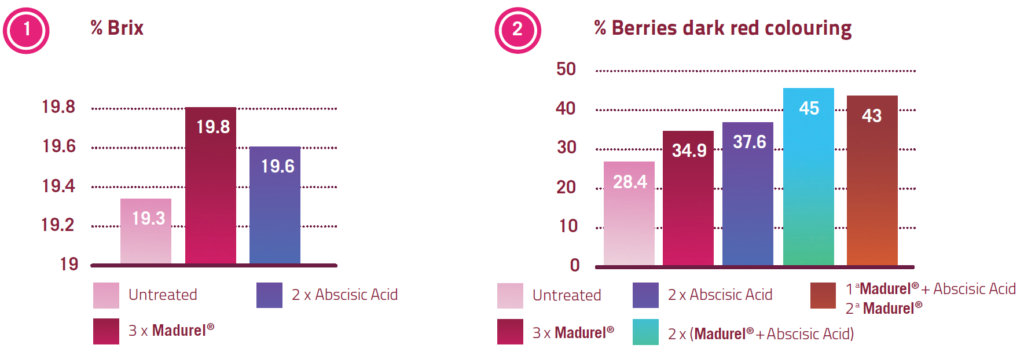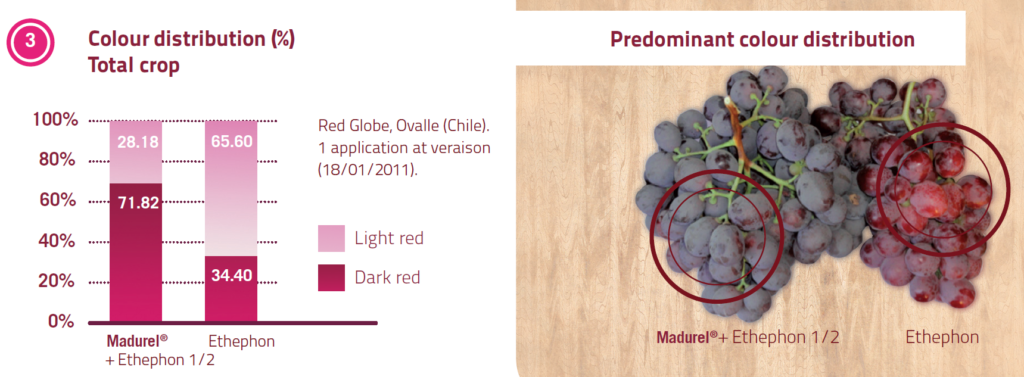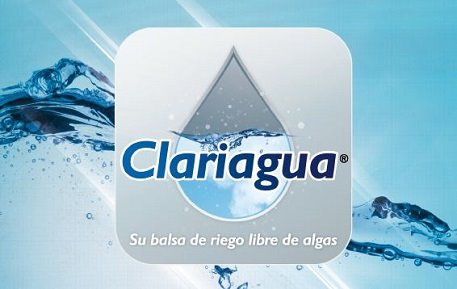
Naturfruit® potassium corrector obtains certification for Organic Agriculture
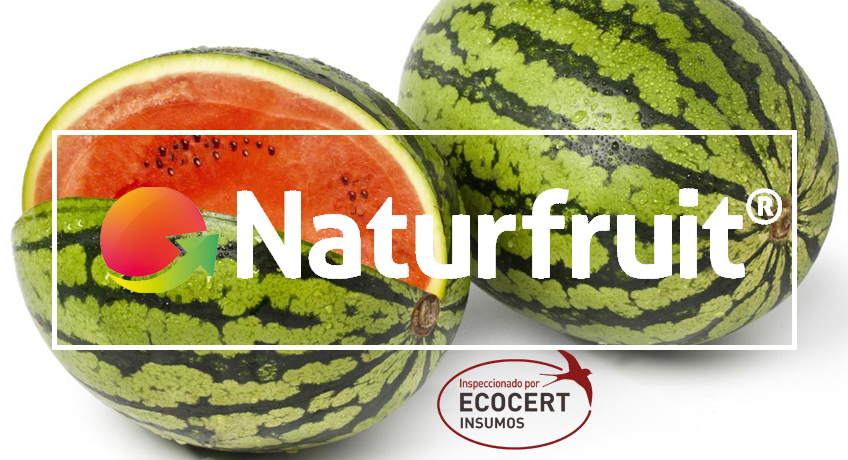
Naturfruit® from DAYMSA has just obtained the ECOCERT organic certification, making it a new solution to potassium needs that is more efficient than traditional fertilizers.
Potassium is a main element for crops, necessary throughout their cycle. But it is during the development phase of the reserve tissues, the productive organs, when these needs are greatest. Especially if you want to obtain optimal crops in quantity and quality, the potassium levels in the plant must also be optimal and on many soils, this is difficult to achieve using traditional fertilizers.
DAYMSA offers us Naturfruit®, a potassium deficiency corrector, which has just obtained the certification for Organic Agriculture according to EC Regulation 834/2007 and 889/2008 and the NOP Regulation. ECOCERT SA F 32600. “Naturfruit®, thanks to this prestigious organic certificate, provides organic farming with a new solution to potassium needs, more efficient than traditional fertilizers”, argues Eitán Martín, Marketing Manager of DAYMSA, who points out DAYMSA’s clear commitment to Organic Agriculture, as part of its new strategic line.
Naturfruit®, an unique solution in Organic Agriculture
Naturfruit® is a potassium solution whose organic formulation does not raise the pH of treatment broths unlike other liquid potassium fertilizers. In this way, the compatibility in the mixture with other phytosanitary products and agronutrients is guaranteed, eliminating the risk of loss of efficacy due to alkaline hydrolysis. In addition, it is a product that is easily absorbed by the plant.
“It lacks any type of sulfate, nitrate, chlorate, carbonate or thiosulfate, hence it is presented as an innovative solution for the organic farming sector”, adds Eitán Martín, Marketing Manager of DAYMSA.
Crops and time of application
Naturfruit® It is especially effective in citrus, fruit, olive, ornamental, vineyard, horticultural and strawberries, and can be applied at any time of the cycle as a source of potassium, although it is especially indicated for the stages of the cycle in which the extractions are greater, to from when the reserve organs begin to accumulate sugars.
Benefits on crops
The main benefits that Naturfruit® brings to the crop, we can highlight:
- Increases the dry matter content of fruits, grains, stems, leaves and tubers
- Significant increase in weight and production
- Better consistency, flavor, color and nutritional value in the fruit
- Avoid uneven ripening and obtain better fruit filling
- Provides rigidity and consistency to the fruits and leaves, increasing the quality of the harvest.
- Increases resistance to drought and improve the withering of shoots as they maintain the photosynthetic rate.
Naturfruit® It is available in 1L, 5L, 20L, 220L, 1000L formats.

